Pastel de nata – or Portuguese tart – is one of those items that have been written into history. From a sweet treat created by monks in the 19th century, it has evolved since to become a culinary institution not just in Portugal but around the globe.
As the story goes, the highly guarded recipe for the pastel de nata was created by Portuguese monks at the start of the 19th century when all the monasteries and convents in the country were closed as a result of the 1820 liberal revolution.
In an attempt at survival a monk from the Belem-based monastery, Mosteiro do Jeronimos, began to create and sell sweet pastries. As word about the delicacies began to spread, in conjunction with the growing popularity of the monastery and the Torre de Belem [Belem Tower] as a tourist site, visitors began to flock to the region.
Pastries created using the original recipe are still produced at Pasteis de Belem, a cult bakery located just outside Lisbon. Pasteis de Belem manager Miguel Clarinha, said part of the allure for their products lay in the secrecy surrounding the recipe, as the recipe is only known to the master confectioners, each of whom are hand selected to be trained. The process takes between six and 12 months to accomplish.
“We always choose someone who has been in the bakery for a long time – 15 to 20 years – and who we trust to be a part of the Pasteis de Belem family,” he said.
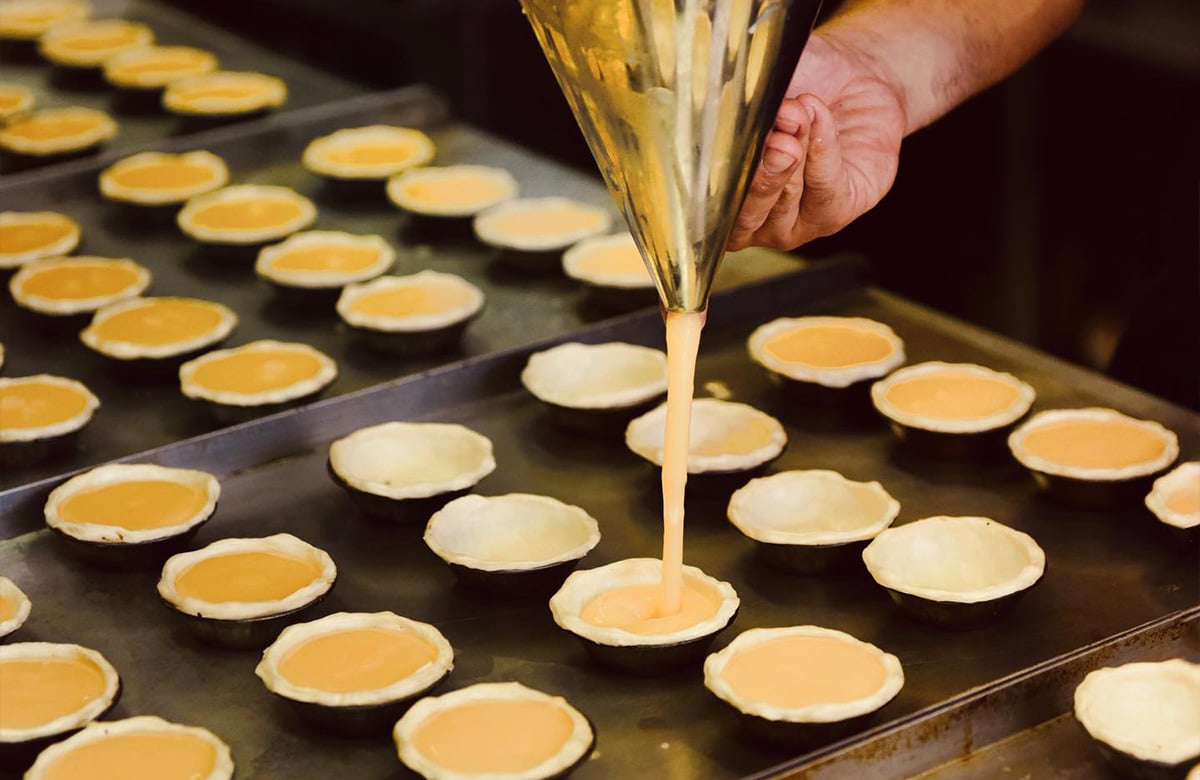
Pastel de Nata in the making at Tuga Pastries
The tart Down Under
These days the pastel de nata has found a firm following in Australia, thanks in large part to businesses like Tuga Pastries and Sweet Belem Cake Boutique.
Both of the Sydney-based bakeries have strong ties to Portugal, and handcraft hundreds of pateis de nata using their own traditional recipe each week.
Sweet Belem, based in Petersham – a Sydney suburb sometimes referred to as Little Portugal – first opened its doors in 2003, where it quickly became something of an institution for pastel de nata fans.
Owner Jose Silva’s career has seen him work at award-winning restaurants such as Opera House restaurant Bennelong before taking over Sweet Belem.
He said despite their exterior, pasteis de nata were actually highly technical to make.
“I had an uncle who is a pastry chef and he taught me how to do it. I kind of knew how to do it, but you’ve got to be shown [how to make them] and then do it over and over to actually understand the process,” he said.
“There’s a lot that goes into cooking them. It looks so simple, but it’s hard to get right.”
Tuga Pastries owner Diogo Ferreira agreed, saying he spent months trying to perfect his father’s pastel de nata recipe.
“My father had a few businesses, and always in cakes. When it came to pasteis de nata he was sort of the number one guy in Sydney. It was his signature,” he said.
“He passed away before I started the business. As a kid I was I was like ‘surely someone makes a better one than Dad’. Then when I was going to Portugal and trying them I realised they were good, but my dad’s were really good.”
Diogo made the decision to bring back his father’s pastel de nata and spent six months testing pasteis de nata in his café, Village on Cloey.
He describes the process as a lot of failures and frustrating nights, but eventually Diogo said he successfully recreated his father’s pastel de nata.
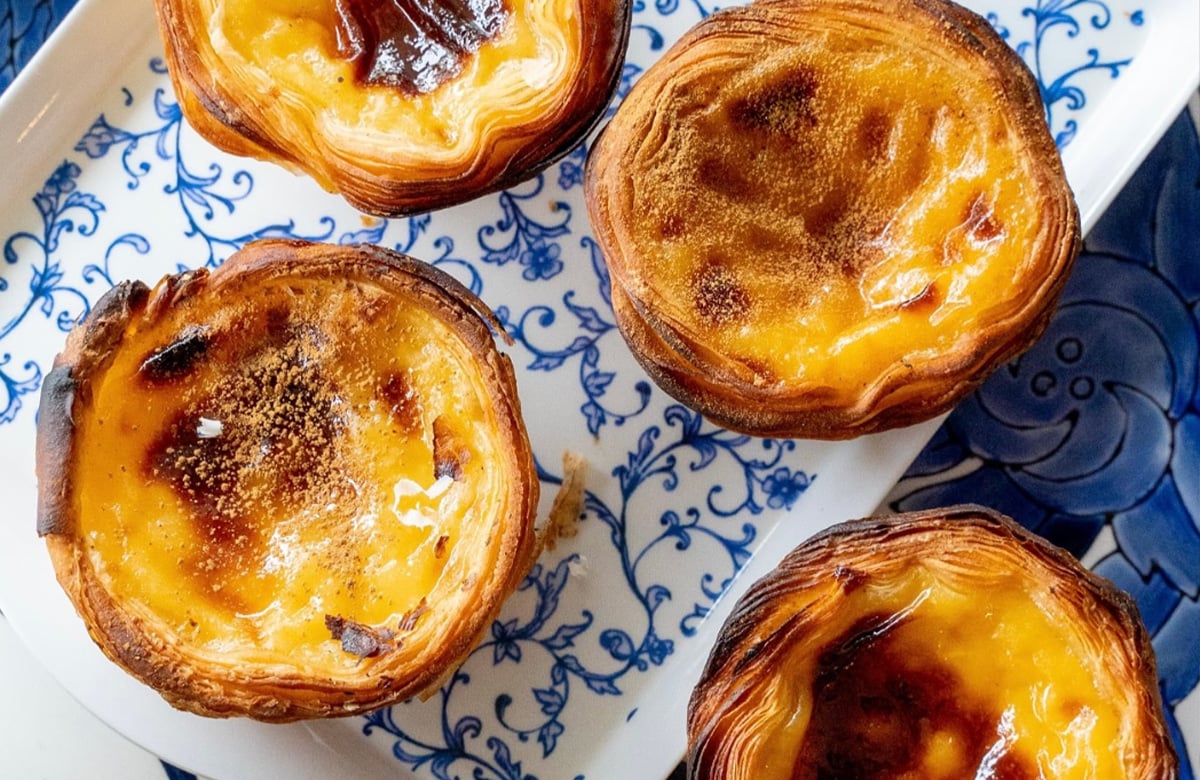
Pastel de Nata from Sweet Belem
Breaking down the process
Despite its fuss-free appearance, both Diogo and Jose say it’s vital to realise pastel de nata hare in fact highly technical. Each element from the pastry to the egg sauce and even the oven temperature have to be nailed perfectly.
“It’s very hard to make at home, even with a commercial oven. I’ve had cooking demonstrations where I’ve used the same equipment, the same pastry, the same custard we use in the shop and it just didn’t work,” Jose said.
“You need both the pastry and the custard to be really good. The pastry is key – if you make a mistake along the way or you don’t rest it enough it’s just not the same. It hasn’t got that crispiness. It’s all about the temperature of the oven, and also the temperature of the custard when it goes in the oven. It’s got to be a very hot oven. We’re talking 260 degrees because it only takes 10-12 minutes to cook a pastel de nata.
“The key is to cook the pastry on the outside but not overcook the custard on the inside. The custard has to be just cooked – that’s why you get the little bit of burnt caramelisation in the middle. That contrasts the sweetness of the custard, so you have a bit of crispiness and then sweet. That’s the perfect tart.”
Diogo added for many people a personal preference came into play, but agreed that the combination of pastry and egg sauce had to be perfect with the quality of ingredients and even the weather all playing a part in the end result.
At Tuga Diogo and his team focus on creating pateis de nata with layered, light and pillowy pastry and a smooth egg sauce.
“One thing my dad always said to me is it’s not custard, it’s an egg sauce. That’s definitely stuck in there and I now preach the same thing,” he said.
“Our pasteis de nata are quite smooth, but even the weather can affect it. If it’s a cold day you’ll get it a bit silkier than on a hot day. But the aim is always to get a silky finish.
“Then there’s the butter and things you use in the pastry. There are a difference in the ingredients in Portugal and in Australia. Butter is very different – it’s commonly more white than our butter, or New Zealand butter is more yellow. That takes a part in the final product.”
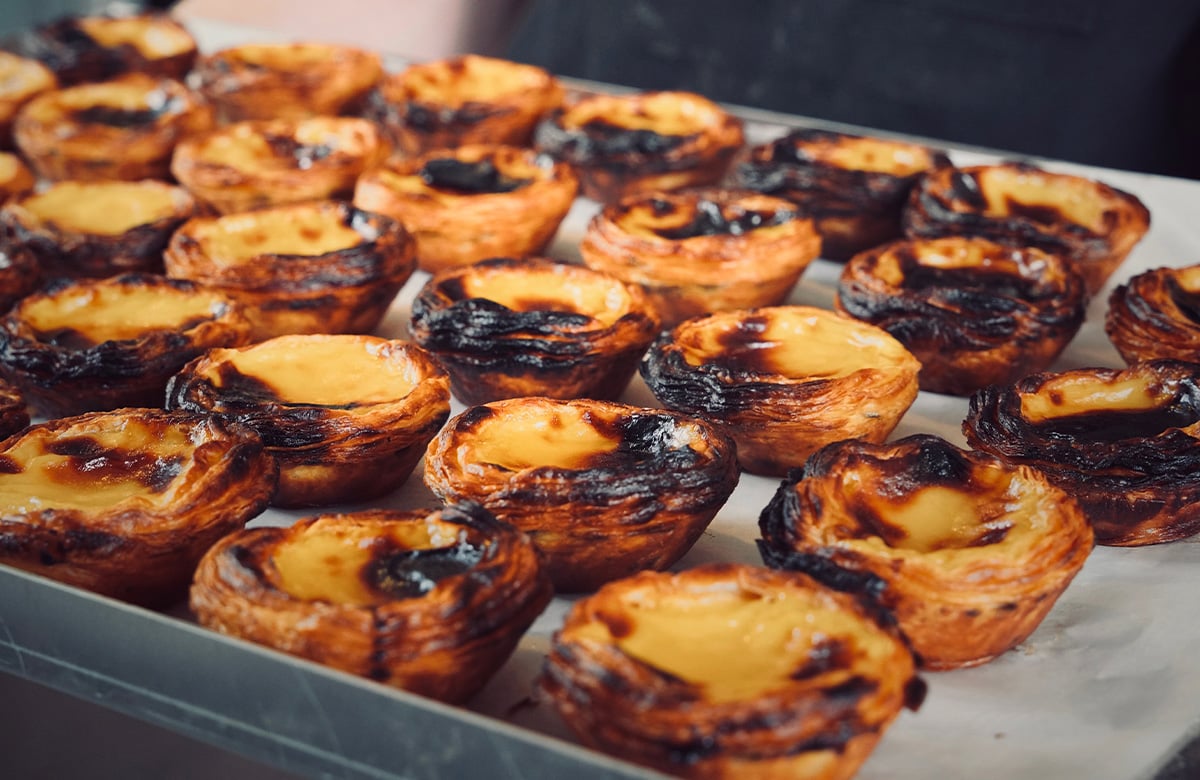
Despite their simple appearance, the tarts are highly technical
Reinventing for the future
With such an extensive history and a recipe firmly set in folklore, it’s hard to see how such an iconic item like the pastel de nata could be reinvented for a new group of consumers. However, as their popularity in Australia – and across the globe – continues to grow, both Diogo and Jose say there are ways pastry chefs can make it their own.
At Sweet Belem Jose and his team have already experimented in-house with creating variations on custard flavours through the addition of berries, passionfruit or coffee.
“You can change it a little bit, but not dramatically,” he said.
“You can change the flavour profile of the custard, but when it comes to the actual tart itself, it’s so simple and unique. It’s perfect as it is – it’s been done and they got it right.”
For Diogo, the solution lay in perhaps creating a new product inspired by pasteis de nata.
“I’m torn. I have started seeing people do some funky things… but I almost don’t want them changed,” he said.
“But you have to get that firs step right, which is make the pastel de nata. And, if you get that right, then play around with it.
“I’m all about modernising and thinking outside the box. I wrack my head half the time trying to think of new flavours and combinations. We can do something different, but the pastel de nata does so well as it is.”

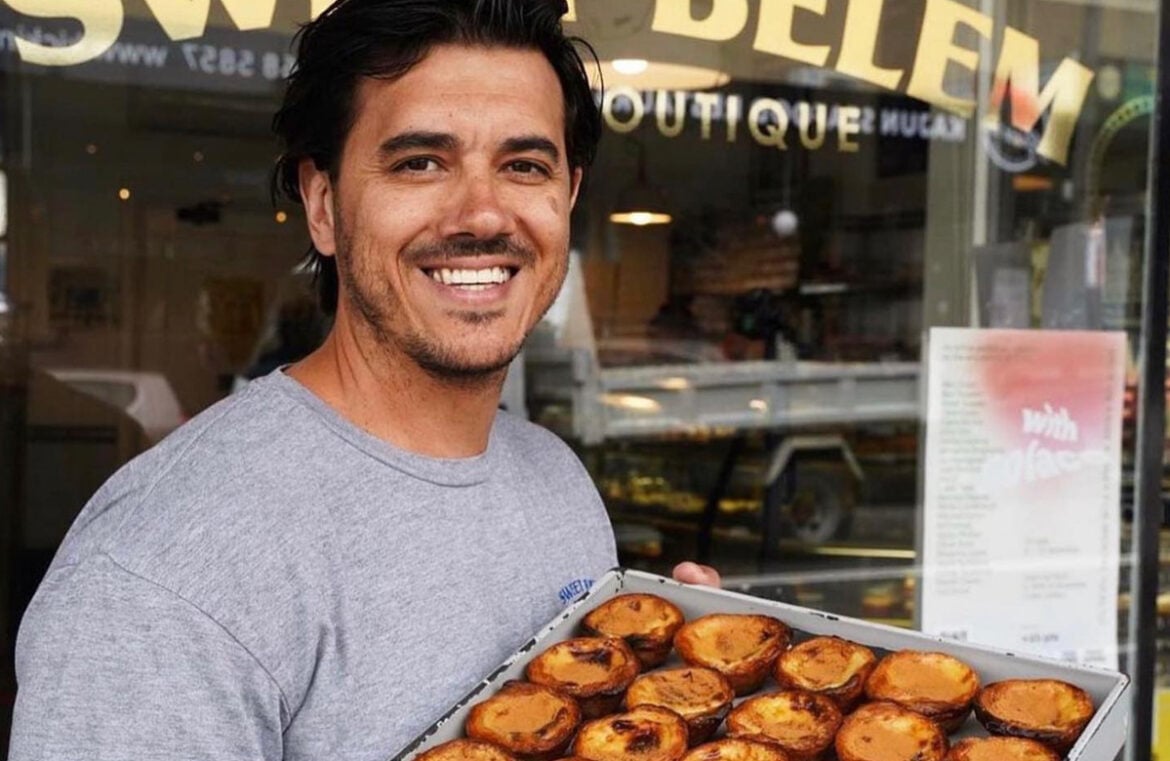
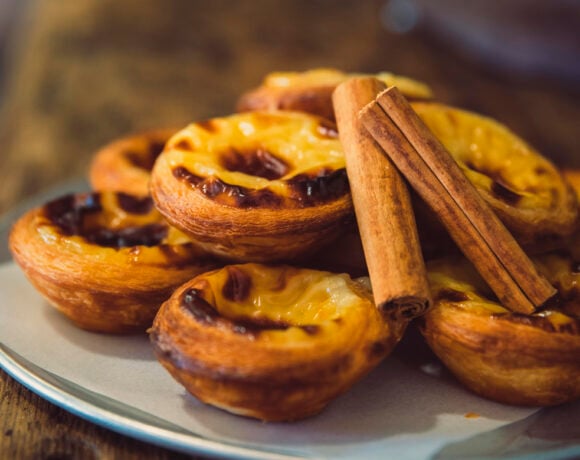


COMMENTS